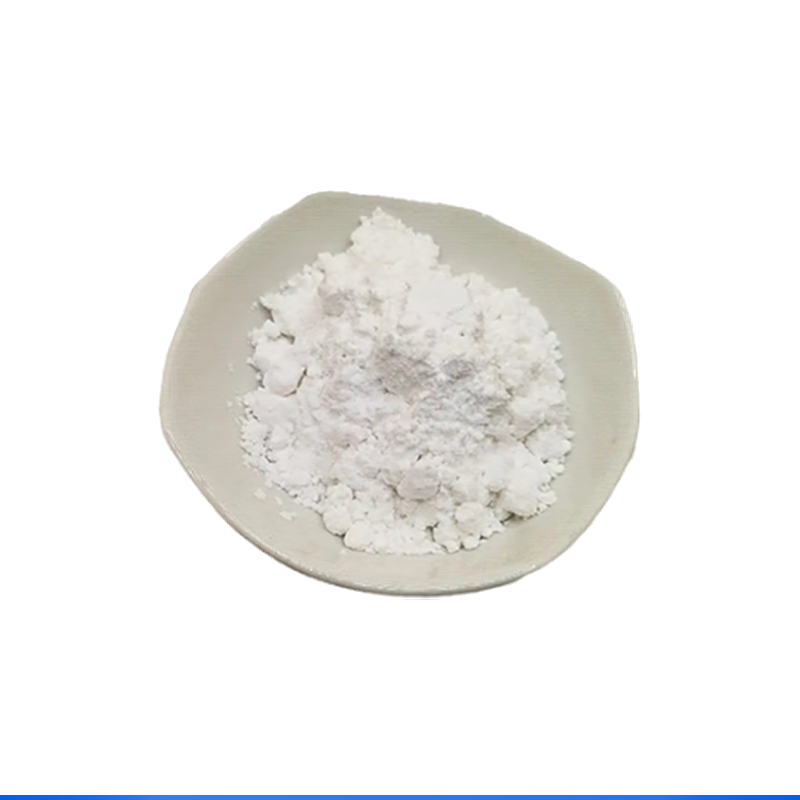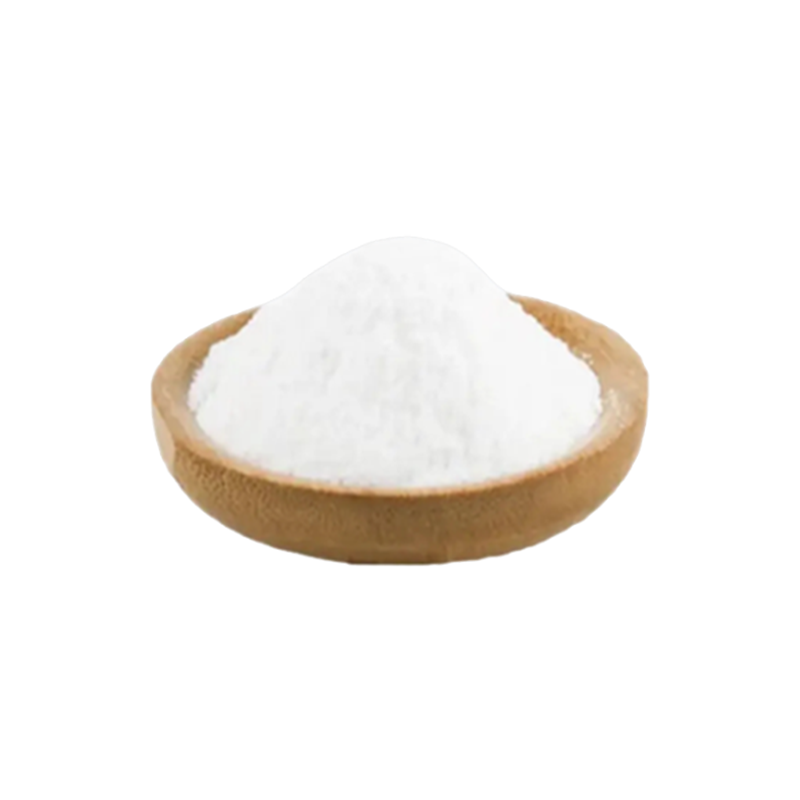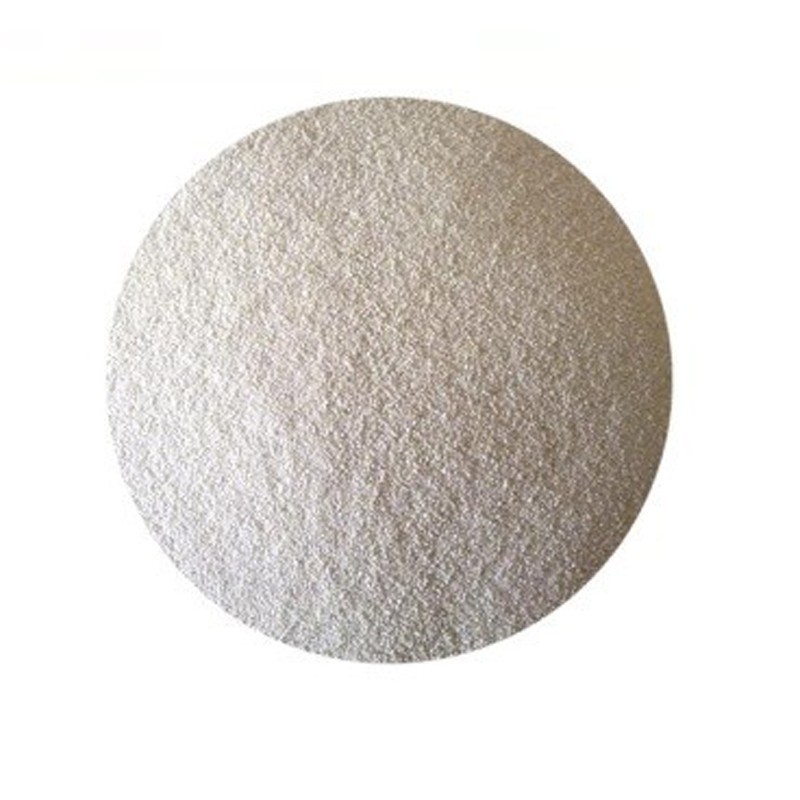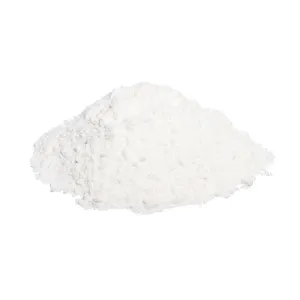1
September 9, 2024, 5:02 PM
Soda ash futures prices showed a significant accelerated decline last week, the jump at the beginning of the week really caught people off guard, and then there was a continuous downward break without the slightest sign of rebound. On the one hand, the main reason is that the overall commodity market atmosphere is weaker again, on the other hand, the valuation is further suppressed by the gap between supply and demand of soda ash itself. So is this accelerated dip a fish tail to the bottom or a relay for a further decline?
First of all, from the perspective of the overall commodity market. The early rebound and stabilization of the market is mainly driven by the mood of policy news and the resonance of the expected improvement in peak season demand. And last week is also the first day of entering Jinjiu, the peak season is expected to enter the empirical period, but the actual performance is still not satisfactory. The August manufacturing PMI announced by the superimposed country fell sharply lower than expected to 49.1, the market sentiment was greatly frustrated, the early macro-stabilization atmosphere plummeted, and the early stage was more only the stimulation of the news side, and there was no actual policy guidance. Although there was a small composition last week, it is also a continuation of the problem of reducing the stock of housing loans in the early stage, and it is something that has been traded in the market. Therefore, in the absence of a new macro boost point, the overall market this week shows the weak reality that the demand for market logic has peaked and fallen under the policy window.
In addition, last week, the global manufacturing PMI fell short of expectations at the same time overseas. The US ISM manufacturing PMI was released at 47.2, in which the storage of new orders with certain forward-looking significance fell significantly. Although the overall numerical value has recovered from the previous month and is relatively stable, the swing between data and expectations will still cause some concern about the fragile market. As a result, under the logic of resonance downward in the manufacturing cycle of China, the United States and the world, commodity trends follow, and it is difficult to see upward elasticity in the short term. As for the extent of the Fed's interest rate cut in September, judging from the employment data, the size of the data was lower than expected, and the initial release of the data increased the probability of a 50bp rate cut in September to some extent. However, there is a certain split problem in the size of non-farmers, although 142000 of non-farmers have eased the cold employment of 99000 small non-farmers to a certain extent, the market is still worried about the possible downward revision of subsequent non-farm data, and the excessive rate cut may arouse further panic in the market about the economic downturn or even recession, and related assets will return to trading as the 50bp probability of interest rate cuts in the United States goes up and down. However, for Chinese commodities, interest rate cuts are profitable in the medium to long term, and the impact of short-term data is difficult to cover their own fundamentals. for the current situation of China's commodities in weak reality and expectations that there is no hope of improvement for the time being, the best path may be for the Federal Reserve to gradually improve the decline in the manufacturing industry after a gradual interest rate cut, thus leading to a rebound in external demand. The short-term interest rate cut before the full interpretation of this path may be difficult for Chinese commodities to reverse the pessimistic reality.
Back to soda ash itself, the supply side of soda ash showed a further reduction last week. Early maintenance enterprises still exist, and several large factories opened maintenance in early September, resulting in a decline in the operating rate of soda ash enterprises to 76.44% this week, down 4.35% from the previous month. Production also dropped to 637200 tons at the same time, down 36300 tons from the previous month. Purely from the point of view of supply reduction, the price of soda ash should be favorable, but combined with the problem of demand, the downstream purchasing intention is still cautious, and the scale of demand has declined further. The main reason for the sharp decline at the beginning of the week was the news that several major photovoltaic glass companies would be led by head companies to jointly reduce production by 30% over the weekend. The daily melting volume of photovoltaic has dropped by more than 4000 tons this week, and it has also been preliminarily verified that it has landed on the ground, and the subsequent production will be further reduced and moved downwards, and the negative feedback of photovoltaic glass demand for soda ash may continue to intensify. As for float glass, although centralized large-scale cold repair has not been formed yet, under the premise that its own demand cannot be improved after entering the "Golden Nine", the confidence that enterprises adhere to may also be gradually worn out, and the large-scale cold repair of float enterprises may not be far away. As a result, the periodic collapse of soda ash demand is expected to be the core driver of the continuous breakage and accelerated decline of soda ash prices this week. That is, we used to say that the peak of demand is gradual, but the collapse of demand is violent. Although it is not said at present that the total scale of demand has reached the point of concentrated collapse, the steepening slope of phased demand and expected decline is enough to cause a phased accelerated downward pressure on upstream product valuations. Turning to the supply-side problem, although supply has dropped sharply this week, demand has not been accepted, and the overall enterprise inventory level has risen sharply, while the maintenance in the follow-up plan will gradually decrease, and the relationship between supply and demand will be further relaxed after the supply resumes. Downstream bargaining power is also stronger, and the pressure on raw material prices may also be greater.
To sum up, soda ash prices fell sharply and rapidly last week due to macro and micro resonances. However, there is still no reason for prices to stabilize and recover. On the contrary, the subsequent maintenance season has come to an end, while downstream demand is expected to accelerate further contraction. From this perspective, the decline in soda ash may not have ended or even can be said to be the beginning of a new round of accelerated bottoming. However, it is unclear whether the script of the market outlook will follow this path, whether the current price decline has been traded ahead of schedule, and the collapse of demand at this stage, but it is relatively clear that soda ash prices may be difficult to see the improvement of their own fundamentals in the future. However, it is necessary to pay attention to whether the excessive decline in soda ash prices will affect the production enthusiasm of upstream enterprises and make corresponding compensation for the supply and demand gap on the supply side, and whether subsequent policies can make efforts to provide opportunities enough to improve the commodity market atmosphere.














